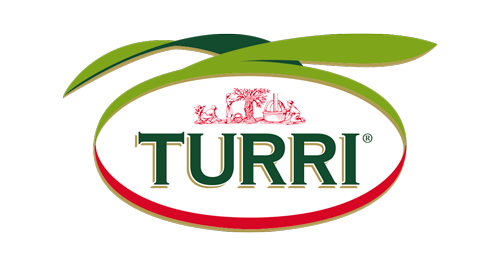The term ‘olive’ or ‘olivo’ refers to the typical Mediterranean evergreen tree to which we Italians are so accustomed. We are familiar with the plant, but all of us have at least once found ourselves asking: “Is it olive or olive tree?”.
Let us see the answer together.
A bit of history…
Let us begin by saying that from the very beginning, our language has indicated the tree cultivated for oil production with no less than four forms: two masculine, olive and olive tree, and two feminine, olive and olive tree.
While the first appearance of the o- and u- forms dates back to the same period, they differed in their area of origin.
The word olivo and the word olive are attested in documents from 1257 (the former), and 1292 (the latter). In terms of origin, however, ulivo is used many more times in Florentine or general Tuscan texts; while olivo appears in texts from Siena, Arezzo, Bologna and generically from Emilia.
The digital library of texts representative of the Italian cultural and literary tradition, the Biblioteca Italiana, also shows us the use of the two terms by chronological ranges.
In the 16th century, it is Olive that holds the supremacy, strong in a century in which the question of a national language becomes pressing.
In the 19th century, at a time when Tuscan and Florentine were being re-proposed as the preponderant languages on a national level, there was instead a notable increase in the u- form. This trend disappeared in the following century, with the return to the o- in the 20th century.
And today?
Today, there is an almost exclusive use of o-: highly prevalent throughout the boot, it is also used by most scientific institutes, university websites and many other online sources. The Ministry of Agricultural Food and Forestry Policies itself prefers this form.
However, the use of olive tree and its derivative olive grove resists. In Tuscany above all, but also in technical and regulatory fields, in the common use of certain dialects and in Catholic language.
So which is the correct form?
Both are! Although some consider the u- root obsolete or even dialectal, this form is not linguistically wrong and can be used on a par with its counterpart beginning with o-.
Which do you prefer?


